Search
Remove Ads
Advertisement
Summary 
Loading AI-generated summary based on World History Encyclopedia articles ...
Search Results
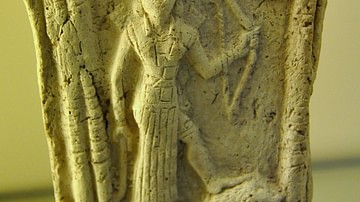
Definition
Ishtar
Ishtar (Inanna in Sumerian sources) is a primary Mesopotamian goddess closely associated with love and war. This powerful Mesopotamian goddess is the first known deity for which we have written evidence. While largely unknown in the modern...
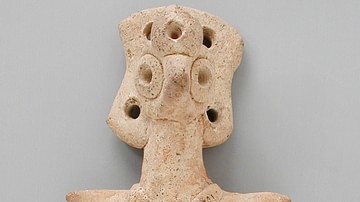
Image
Ishtar
Goddess Ishtar, Mesopotamia, Babylonian, c. 2000 BCE, Terracotta. The Phil Berg Collection, Los Angeles County Museum of Art (LACMA).
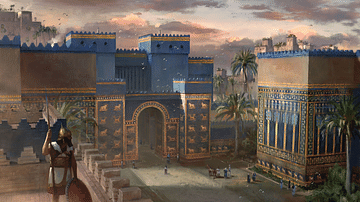
Definition
Ishtar Gate
The Ishtar Gate was constructed by the Babylonian King Nebuchadnezzar II circa 575 BCE. It was the eighth gate of the city of Babylon (in present-day Iraq) and was the main entrance into the city. The Ishtar Gate was part of Nebuchadnezzar's...

Interview
Author Interview: Son of Ishtar by Gordon Doherty
Today we sit down with Gordon Doherty to discuss his new book Empires of Bronze: Son of Ishtar. Based in the dark and cold north (i.e. Scotland), Gordon has written extensively on ancient Greece and Rome. His new novel, however, takes us...
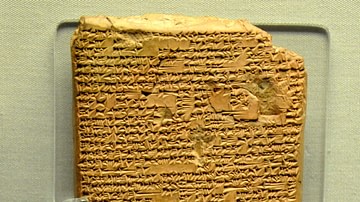
Image
Ishtar's Descent into the Underworld Inscription
This large and partially broken clay tablet tells us how Ishtar, goddess of love and war, decided to descend and enter the underworld. During her long journey, she was gradually stripped of her attributes, therefore, she lost all of her...
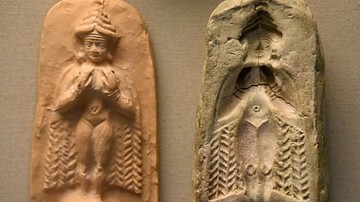
Image
Ishtar Clay Mould
This is a fired clay mould for the goddess Ishtar. The goddess is depicted nude. She holds her breasts with her hands and wears a horned crown. She has a pair of wings (or a cloak) and her feet are talon-like. On the left is the modern impression...

Image
Ishtar Gate (Artist's Impression)
An artist's depiction of Ishtar Gate as it may have appeared around the time it was constructed in Babylon c. 575 BCE. From the game Old World.

Image
Ishtar Standing on a Lion
This terracotta plaque depicts the goddess Ishtar standing on a lion. From Mesopotamia, modern-day Iraq. Old-Babylonian Period, 19th to 17th century BCE.
Pergamon Museum, Berlin.
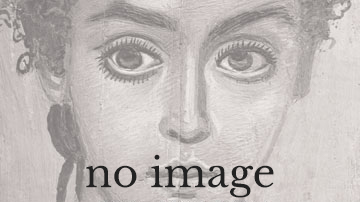
Video
Ishtar Gate and Processional Way (reconstruction), Babylon, c. 575 B.C.E.
More free lessons at: http://www.khanacademy.org/video?v=U2iZ83oIZH0 Reconstruction of the Ishtar Gate and Processional Way, Babylon, c. 575 B.C.E., glazed mud brick (Pergamon Museum, Berlin) View this work up close on the Google Art Project...

Image
Goddess Ishtar descent to the underworld tablet
The legend, written in Akkadian, describes how Ishtar, goddess of sexuality and warfare, went to the Underworld. Ishtar decided to undertake the journey, although the Underworld was known as the 'land of no return' for humans and gods alike...